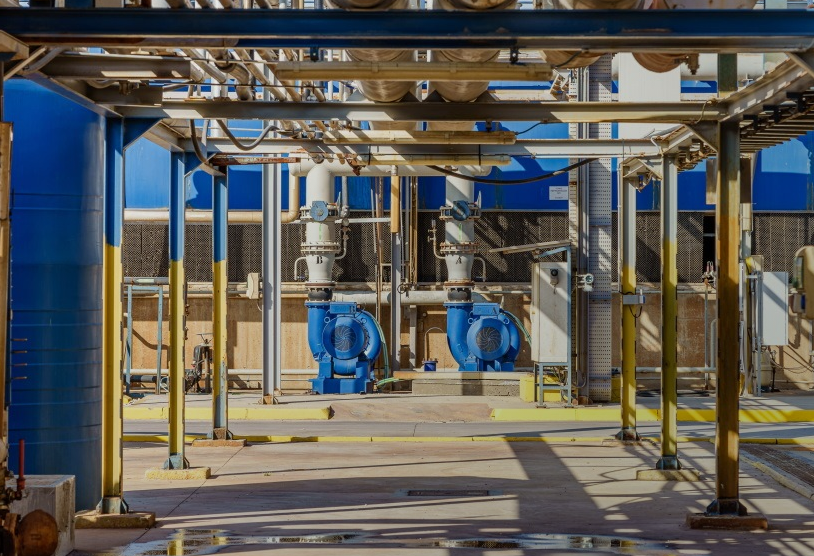Sector
Waste management and recycling
Investment date
2019
Status
Current
Contact
Slurry treatment plant with high-efficiency cogeneration in Miralcamp (Lleida). The plant has an installed capacity of 15.5 MW and processes 70,000 tonnes of slurry per year. It uses the biogas produced in its own anaerobic digestion plant to cogenerate 115 GWh/year of electricity. It also generates thermal energy to treat the slurry and transform it into dry fertiliser.
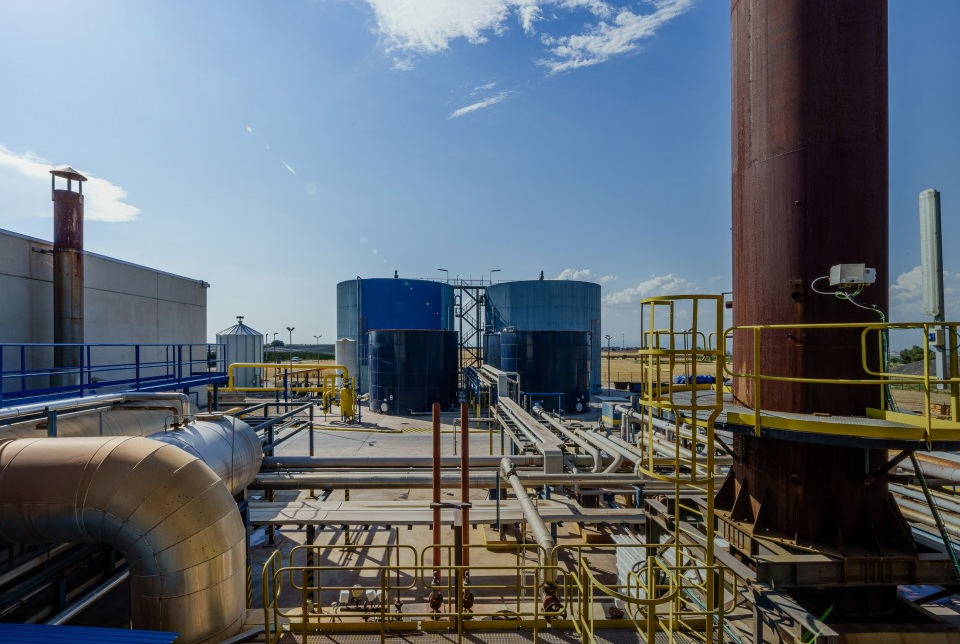
Slurry treatment is essential to reduce the environmental impact of the pig sector in terms of aquifer and groundwater pollution, soil contamination and greenhouse gas emissions. Slurry plants proliferated in Spain between 2000-2010 to provide an outlet for the large amount of slurry generated, with cogeneration and slurry treatment plants benefiting from a regulated remuneration scheme for 25 years. These plants are in line with the EU’s sustainability and greenhouse gas reduction targets, which aim to reduce emissions by at least 55% by 2030. Prior to our acquisition, the plant was malfunctioning, producing no biogas and generating uncontrolled discharges.
The project is a slurry treatment plant that integrates a heat and power cogeneration system, generating electricity and heat from the biogas generated by the biomethanisation of slurry. The project represents a significant energy saving, a reduction in CO2 emissions and a controlled treatment of the waste with neutralisation of its pollutant content, avoiding negative effects on aquatic and terrestrial ecosystems.
The pig slurry treatment plant with cogeneration generates benefits for local communities by reducing negative environmental impacts and providing organic fertiliser to local farmers, while reducing the region’s dependence on fossil fuels. The use of biogas also reduces negative climate effects.
The slurry treated at the facility amounted to more than 70,000 tonnes, which produced approximately 2,600 tonnes of compost. The biogas produced and consumed amounted to 7.7 GWh. The useful life of the project considered in the calculations is equal to 16 years. 0.47 million tonnes of CO2e emissions are avoided.


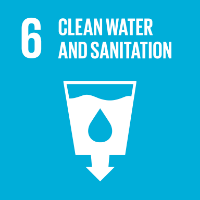
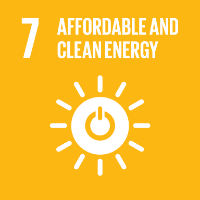
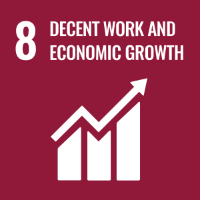
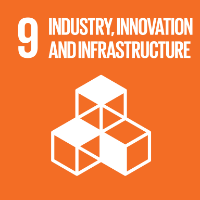
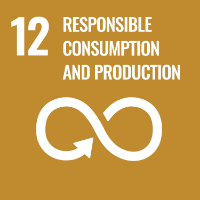


The most significant risk based on current energy trends is the uncertainty of natural gas costs, which could affect the viability of the facility. Other risks identified are related to regulatory changes on operational permit levels for biogas, wastewater and air emissions.
.
